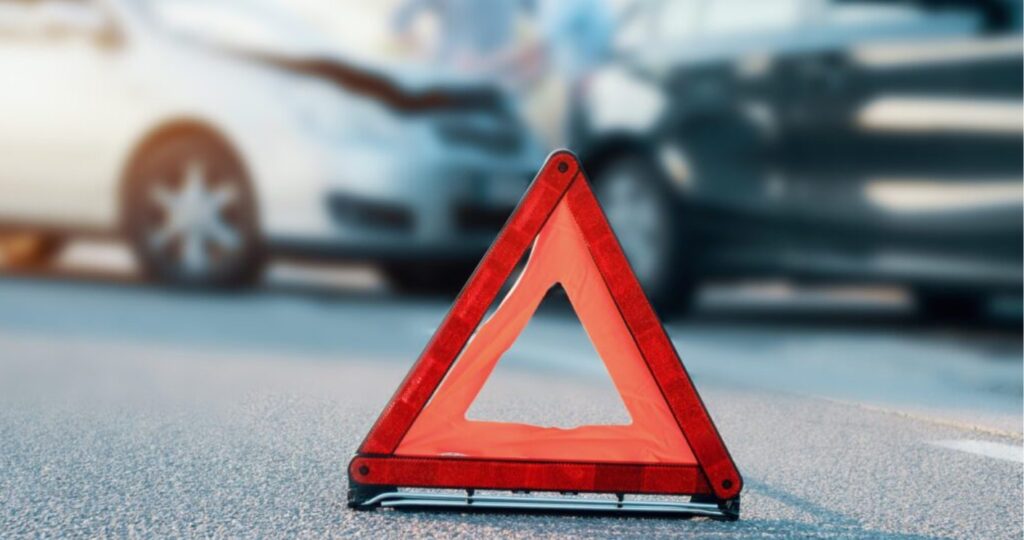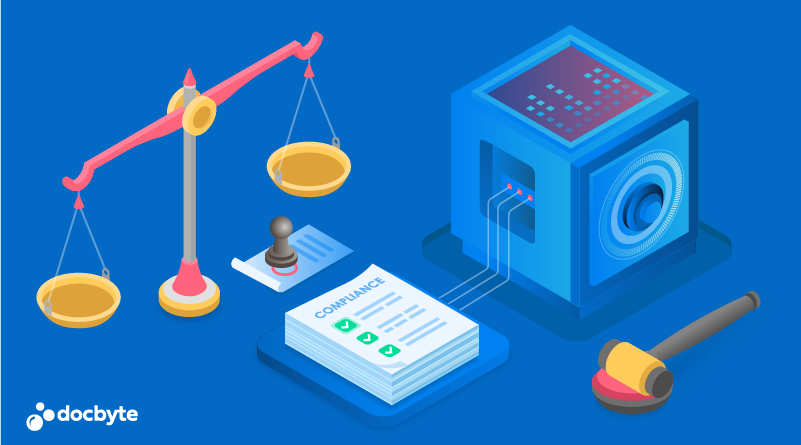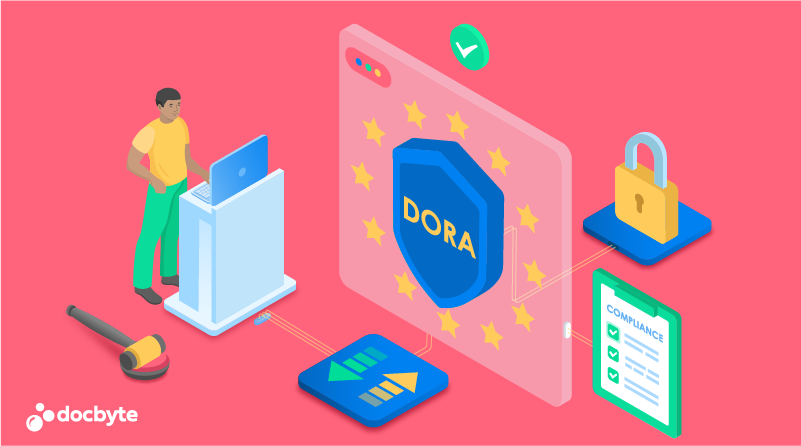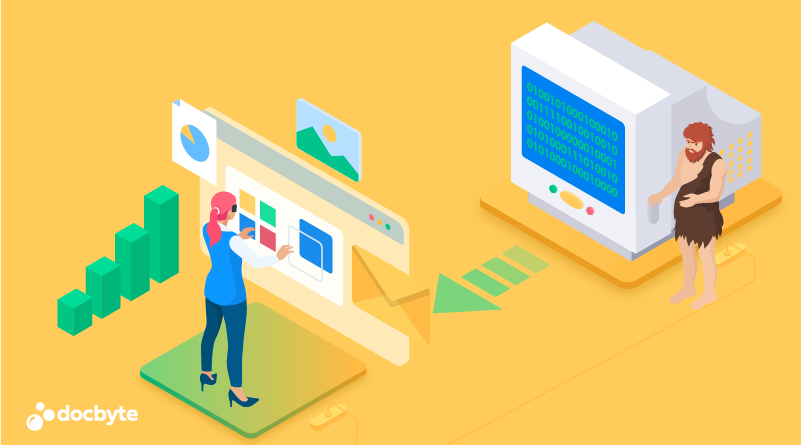Insurance companies are strictly regulated by law and must process and archive many documents like the European Accident Form (EAF). Having a good system in place is paramount for efficiency and legal compliance. With millions of road accidents in Europe, insurance professionals, document management experts, and business owners face mounting pressures to streamline their operations.
The Legal Necessity of Insurance Archiving
Processing and documenting traffic incidents with precision and accuracy is a legal imperative that must be considered. The EAF is the EU’s standardisation, yet its paper-based existence hinders the speed and efficiency required in modern insurance claims processing steps. The duty to maintain an accessible, reliable archive invites a look into the next generation of document management solutions, embracing AI technology and the intelligent mailroom concept.
Various regulations underscore the legal necessities for processing and archiving insurance documents, each designed to uphold transparency, accountability, and privacy in the financial services sector. Among these, the Insurance Distribution Directive (IDD) requires detailed record-keeping of all transactions to promote market integrity and protect insurees. Similarly, the Electronic Identification, Authentication and Trust Services (eIDAS) regulation underpins the security and acceptance of electronic identification and trust services across the EU, which is pivotal for digital transactions within the insurance industry. Lastly, compliance with the General Data Protection Regulation (GDPR) is non-negotiable for insurance entities operating within or handling data from the EU, with stringent requirements on consent, data rights, and privacy by design to shield personal data. The synergistic effect of adhering to IDD, eIDAS, and GDPR ensures that insurance document processing and archiving meet legal frameworks and foster customer trust and corporate integrity.
The Efficiency of Insurance Claims Processing Software
Traditionally, manual data transcribing from physical accident forms to digital repositories has taken up much of the insurer’s time. Moving forward into the 21st century, there’s software that can facilitate these procedures with a more agile approach. Insurance claims processing will precisely extract essential details, propelling insurance companies into the future.
Automating document workflows accelerates the entire process, reducing the likelihood of errors and significantly cutting down processing times. Intelligent Document Recognition ensures accurate data extraction from various document types, enhancing overall efficiency. Combining this with compliance management features, you can align document processing with industry regulations and data protection laws. The transition from paper-based to digital document management optimises storage and enables quick retrieval and responsiveness to customer queries and claims. Resulting in more client satisfaction and employee satisfaction.
Insurance Processing Focal Points: Email Extraction and Intelligent Mailroom
Digital transformation in insurance document management showcases two critical focus areas: email extraction and the mailroom with intelligence. New digital mediums promise an optimal alignment of processes. Yet, the transition raises questions, especially around the user adoption of digital alternatives and the challenges with the persistent preference for paper among specific demographics.
Integrating email extraction solutions plays a pivotal role in embracing paper-filled documents sent by email. It allows the insurance company to extract data from written documents and classify it accordingly. By automating the sorting and categorisation of physical mail and emails, insurers can significantly reduce manual efforts, ensuring correct data extraction from both documents and quicker access to critical information. Automated data extraction from emails further accelerates claims processing by minimising errors and enhancing data accuracy. Then, content classification enables prompt identification of the nature of the communication, facilitating swift actions. Moreover, the secure handling of sensitive information in compliance with industry regulations adds an essential layer of data protection.
Overcoming Challenges with Handwriting Recognition
Artificial intelligence has been a game-changer in many sectors, and in insurance, its application in deciphering diverse handwriting styles on insurance documents is a game-changer. Docbyte confronts these script nuances head-on, advocating for integrating handwriting recognition into everyday insurance practice. As we peel back the layers of methodology — from object recognition to synthetic data — we see that this innovation is a cornerstone in modern insurance document management.
The Result: Progress in Data Extraction
These innovations are just the beginning. With more data collection and the anticipation for heightened precision, the optimisation process grows. The shift toward AI-driven solutions in the insurance documentation landscape is promising.
To stay ahead with these transformations, insurance professionals must be agile and willing to adopt new technologies that hold the key to robust, efficient document management. As this blog post discussed some essentials for insurance document processing and archiving — we declare a future where insurance document management is not just a regulatory requirement but digital innovation and operational excellence. With handwriting recognition at the forefront, this future is now within reach.







